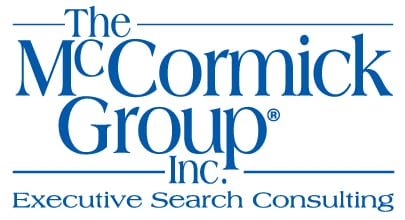A perspective on legal management issues from The McCormick Group.
In case you’ve not already heard, 2011 was the year of the law firm merger. According to a recent Wall St. Journal article, there were more law firm mergers in 2011 than in any year since 2008; a 54% jump over the prior year with a whopping 60 firm mergers.* Predictions are that merger fever will continue in 2012 and rumors already abound about which firms are in discussions.
Even so, we find that many firms enter into merger discussions from a strictly reactive posture. The firm is approached by a friend, acquaintance (or headhunter), and preliminary discussions begin. Minimal if any pre-planning goes on before the meeting and the entire venture is treated as a one-off occurrence. The concept of strategic planning appears to be absent, and if you probe beneath the surface, the participants will acknowledge that many of these discussions are unlikely to lead to anything serious.
Instead of reacting to overtures in the marketplace, firms should be approaching the issue of merger on a proactive basis. With few exceptions, firms should not enter into any merger discussions unless they first evaluate the advantages and disadvantages of any theoretical combination, and have agreed on the criteria for an appropriate match. It’s a serious business decision, and the repercussions of failed negotiations can tear the fabric of an existing firm. Conversely, failure to seriously consider the merger option while a firm is in a position of strength can also lead to ultimate disintegration.
With strategic planning as the base of discussion, several issues emerge as key to the merger option. These include:
1) Where does our existing client base come from? This includes a discussion of rates, industries, referral sources and an understanding of your competition.
2) Are we doing all we can do to serve our existing client base? An analysis of this breadth-of-service issue must include an evaluation of what the competition is doing. Are there holes in your service offering that beg for broader coverage? In these cases, mergers present the opportunity to solidify existing client relationships.
3) Are we having trouble extending our client base, and if so, why? This question requires an evaluation of the business trends that affect your clients. It is possible that a merger can be a viable solution.
4) Are we facing increasing challenges in marketing and branding? There has been a marketing revolution among law firms over the past 20 years, and larger firms have devoted greater resources to business development than in the past. Firms with a strong brand need to be mindful of what practice areas will complement rather than compromise that brand.
Once those considerations are studied you will be in a much better position to evaluate the “merge or not to merge” question. If the answer is yes – or even maybe, there needs to be an honest evaluation of which potential merger targets make sense. Economics, potential conflicts, and matching cultures need to be considered. That’s why law firms should employ expert help to determine which merger options make the most sense.
TMG’s Take is a regular e-mail advisory produced by The McCormick Group. The company’s Legal, Government Affairs, and Law Firm Management groups combine the expertise of more than 15 Consultants to help law firms fulfill all of their lawyer and administrative recruiting needs. TMG’s Take covers topics across the spectrum of law firm management, including associate and partner compensation, growth strategies, marketing and business development, operations and facilities management, finance and accounting, professional development, and technology. Please direct all inquiries to Steve Nelson, Managing Principal at (703) 841-1700 or snelson@tmg-dc.com.


